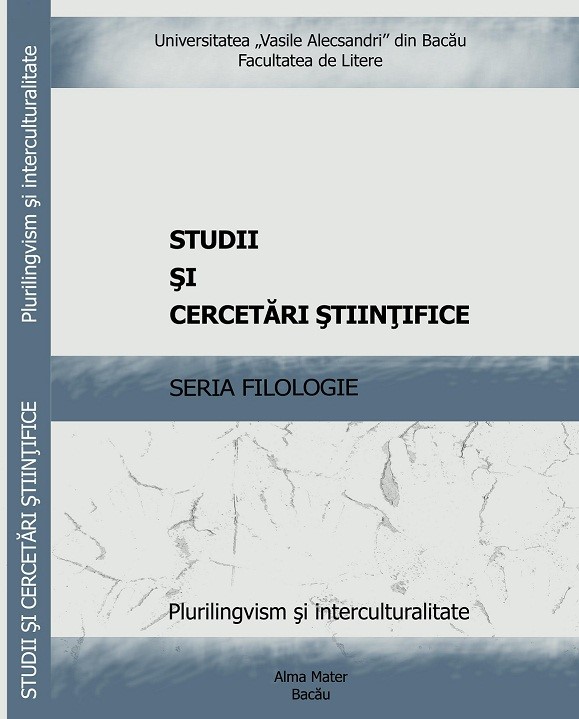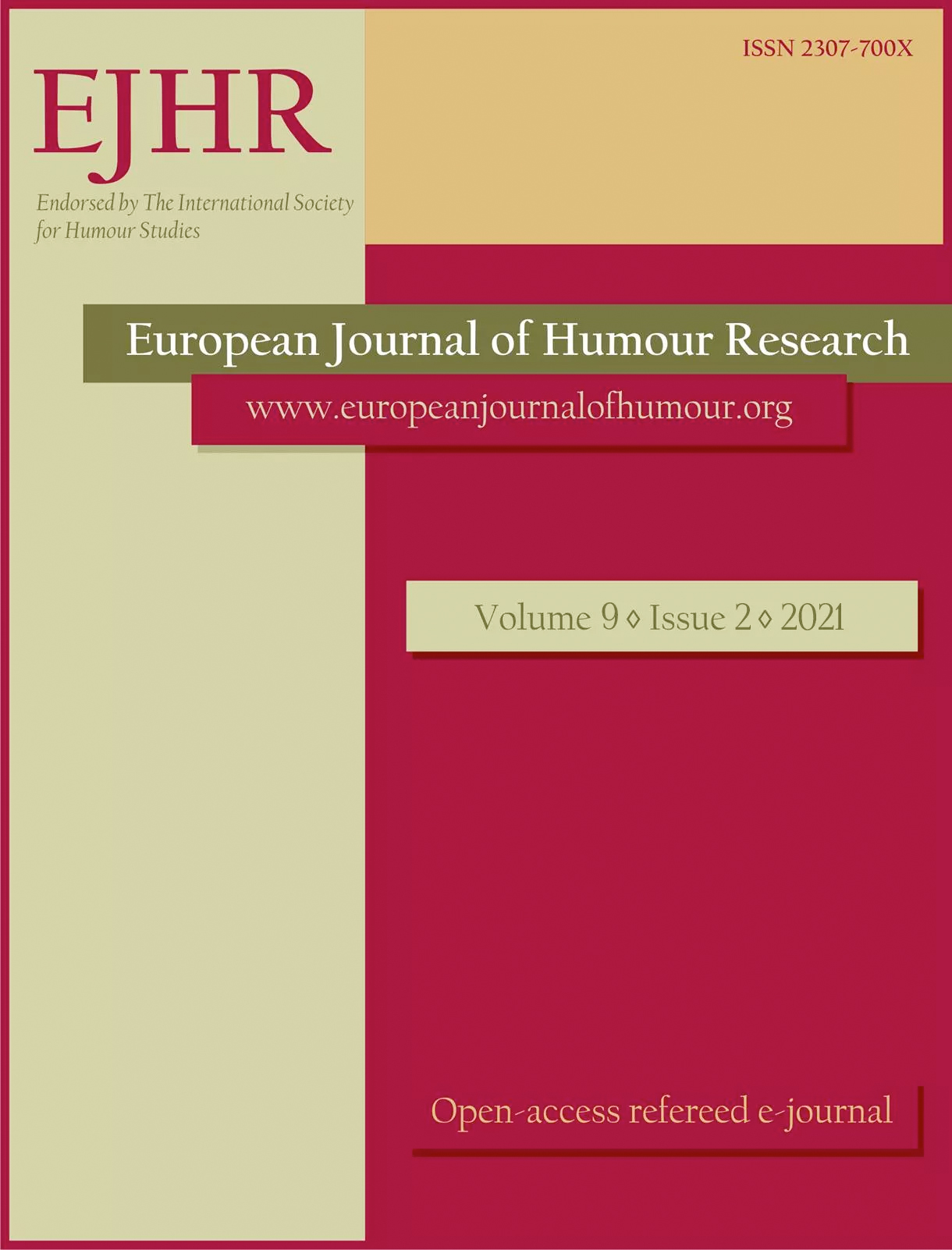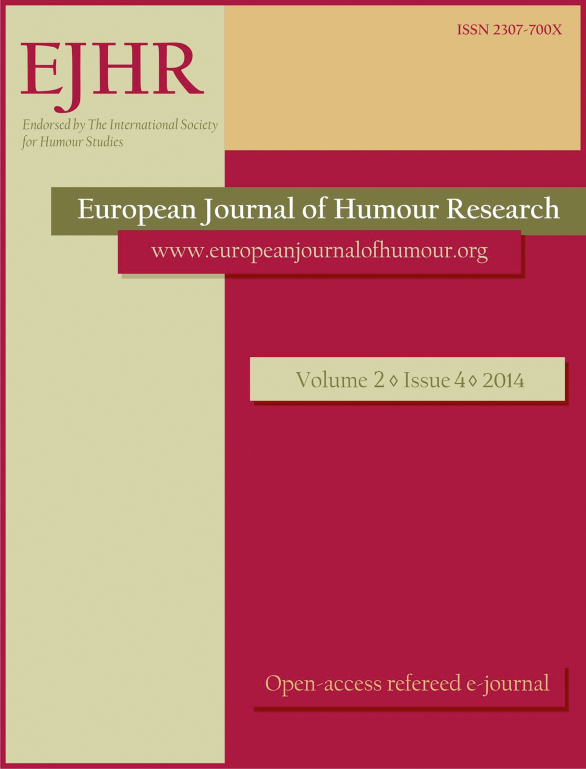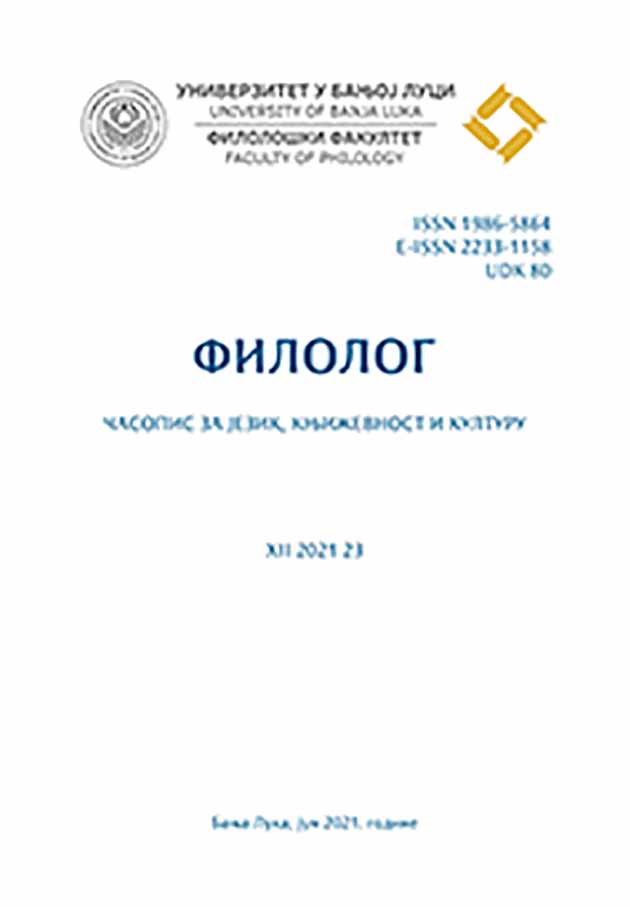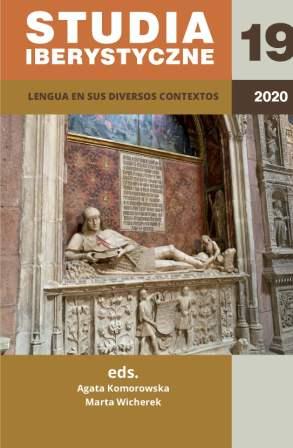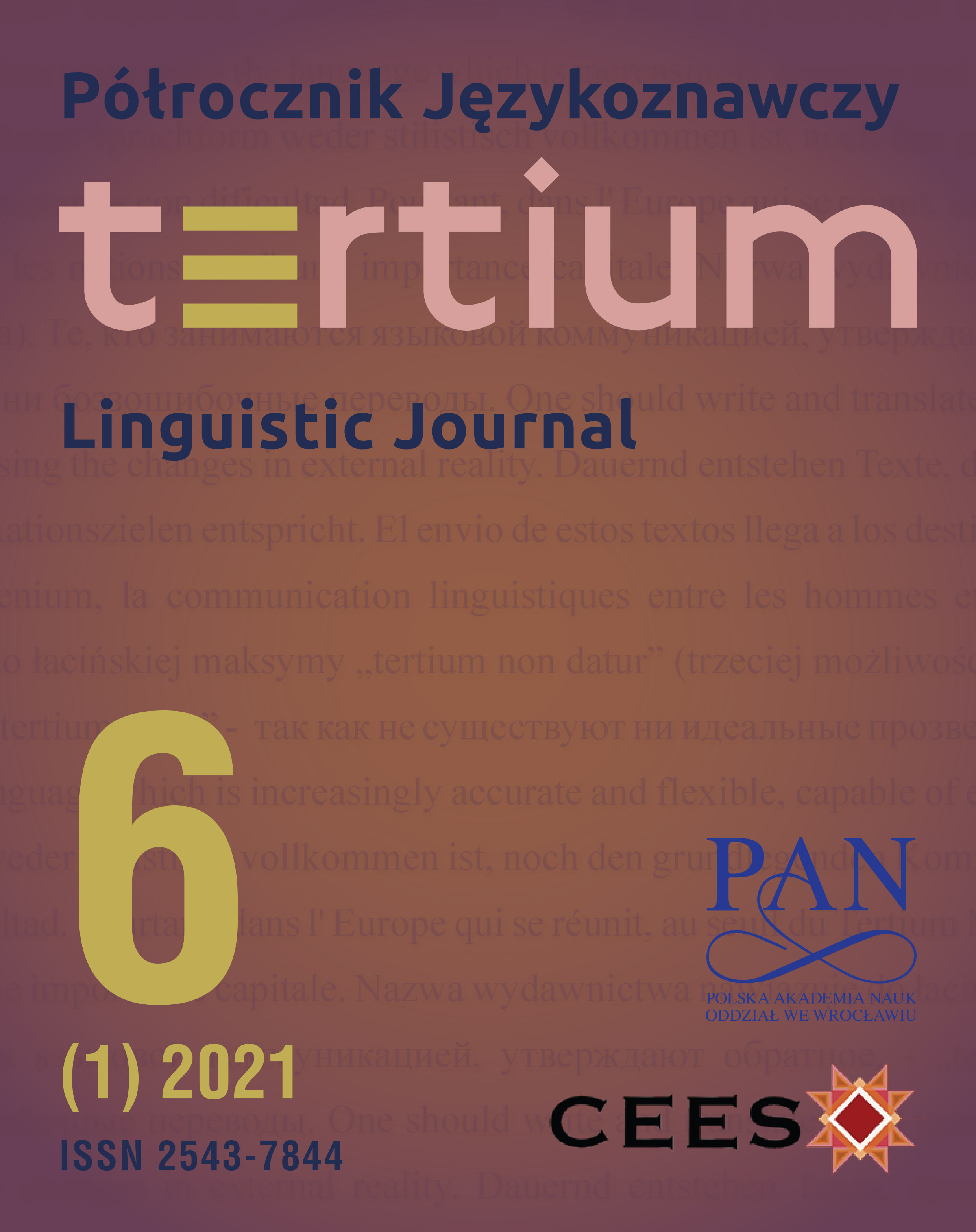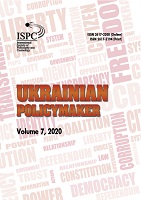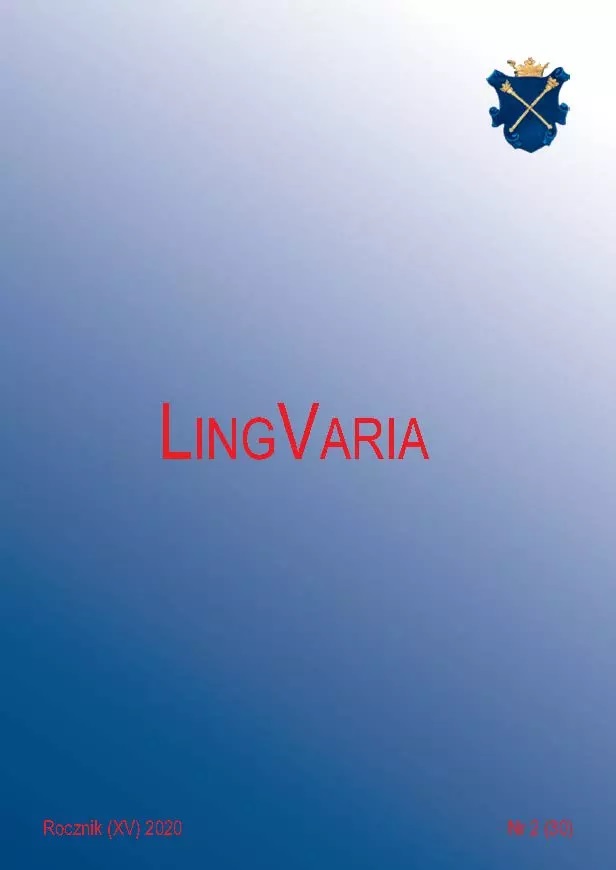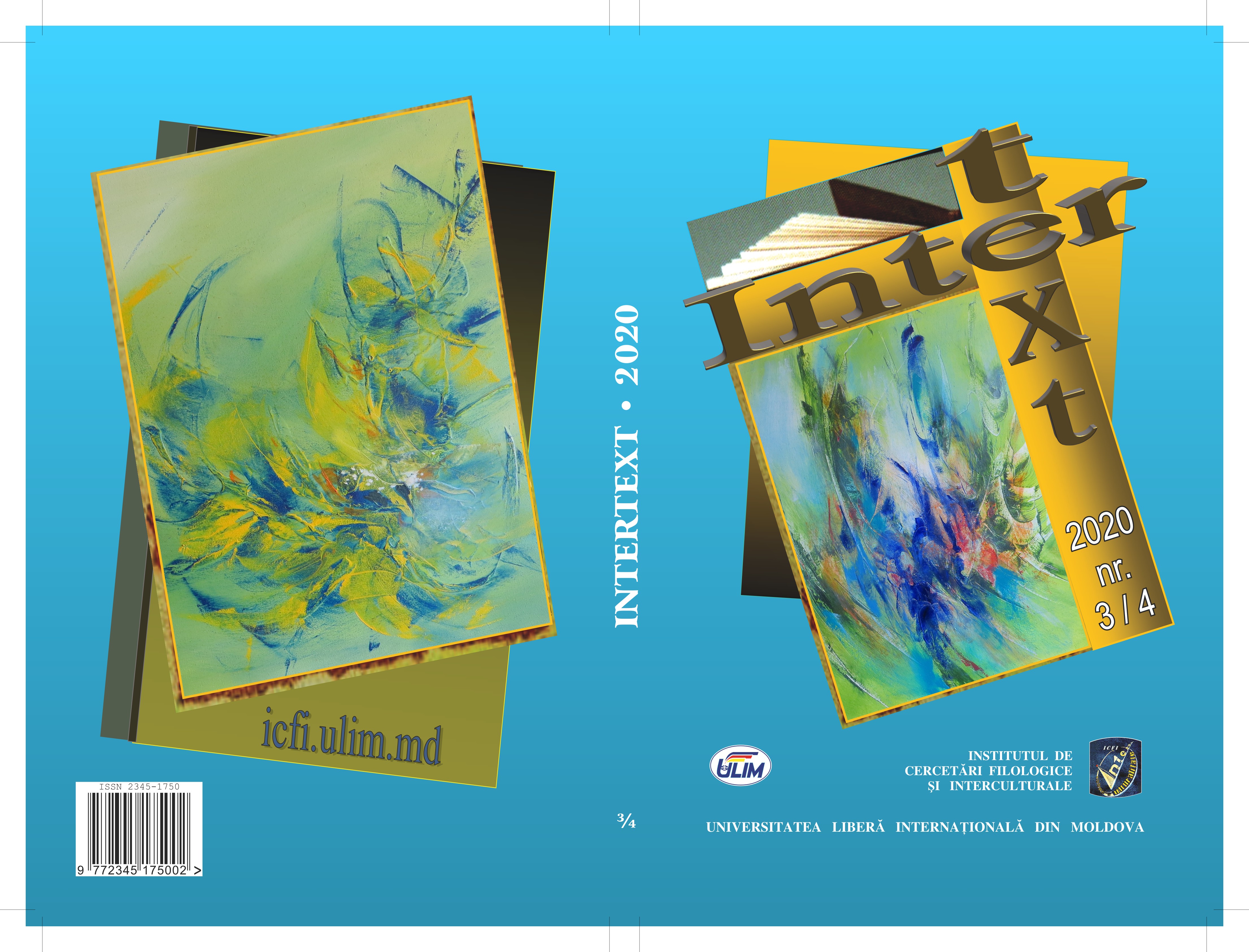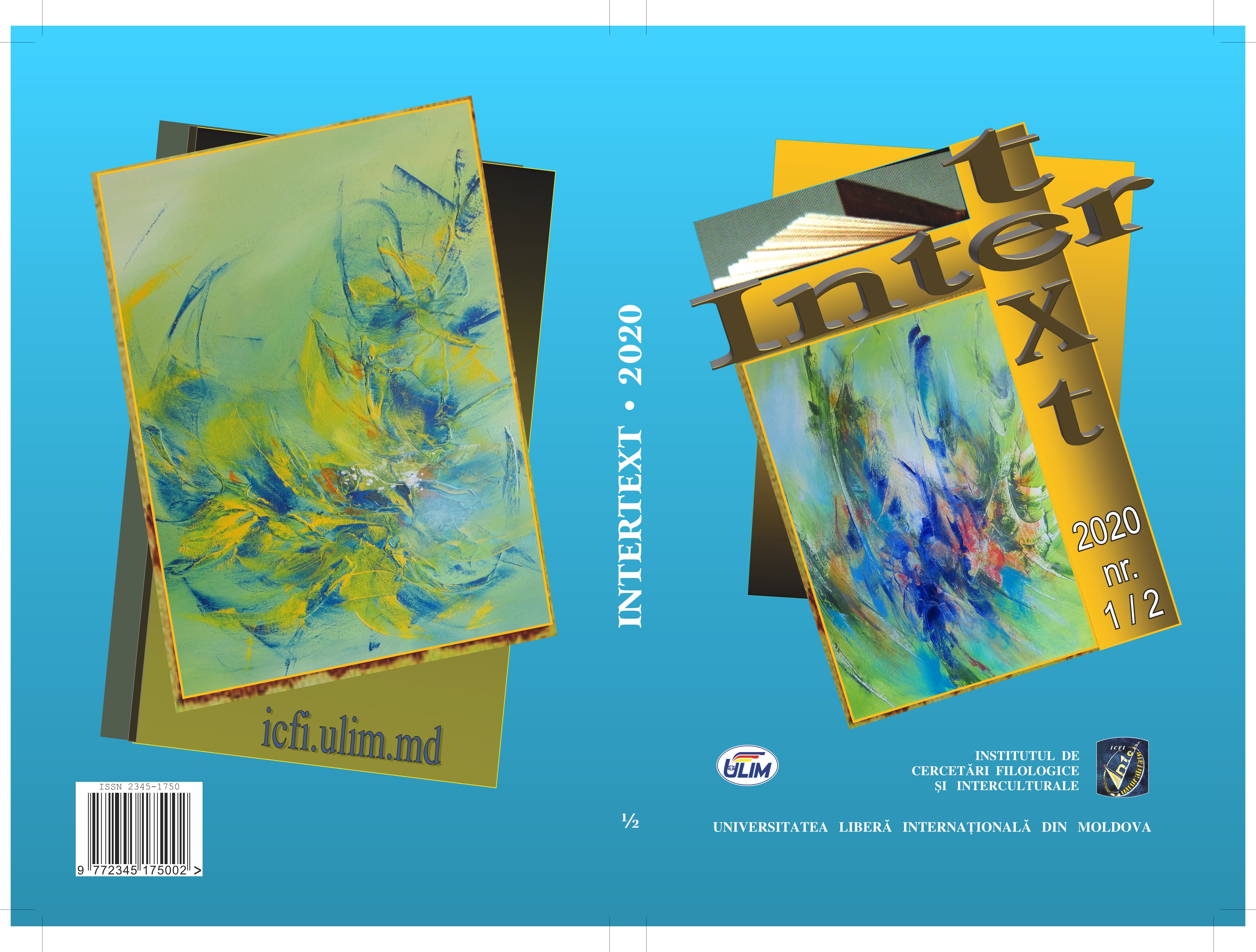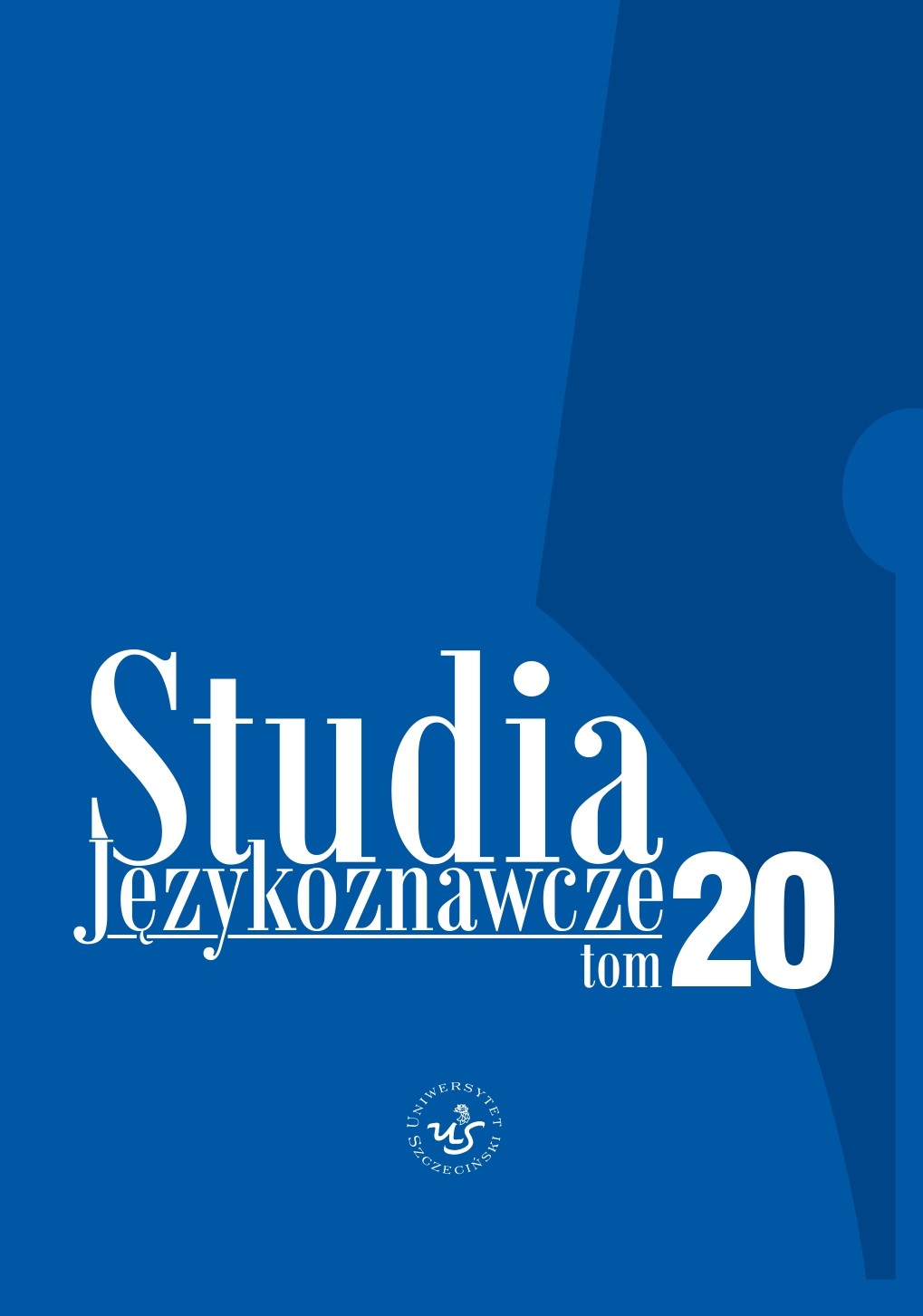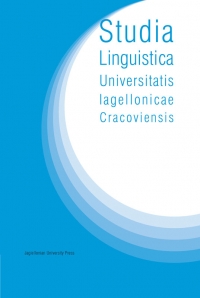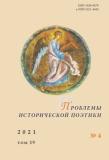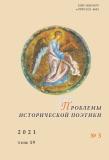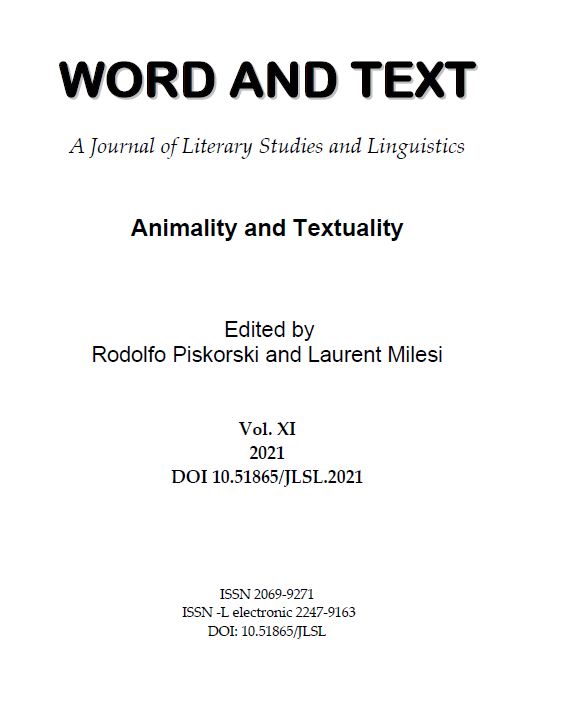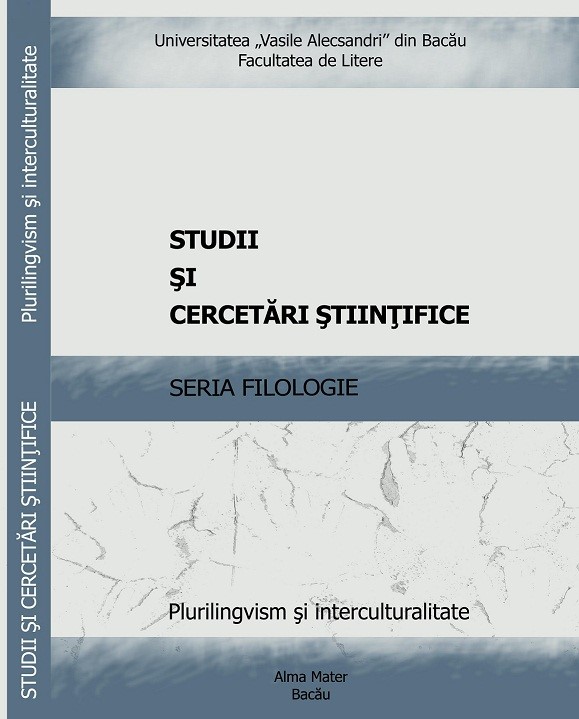
Embleme mitice în poezia exilului la Ovidius. Procedee omofonice
Le poète des Métamorphoses, des Heroïdes et des Fastes, celui qui a fait de la mythologie le thème de son chef-d’œuvre, Ovide inclut le mythe aussi dans les deux recueils d’élégies de l’exile, Tristia et Epistulae ex Ponto, de sorte qu’on peut constater une permanente alternance entre la mythologie et l’histoire concrète, entre le mythe et la réalité humaine.Le recours à la mythologie dans la poésie de l’exile doit être compris comme le résultat de l’aspiration du poète vers une certaine objectivation et vers le symbolisme révélateur. L’auteur utilise le fonds mythologique comme élément de comparaison pour des histoires courantes et, souvent, devient rhétorique, soit pour atténuer ses chagrins, soit pour nous mettre dans la situation de recevoir directement leur message émotif. D’autrefois, Ovide fait usage du mythe pour suggérer des réalités plus profondes qui, à cause des circonstances politiques, ne pouvaient pas être exprimées expressis verbis sans mettre l’auteur en péril.Cette œuvre regroupe une série de personnages mythologiques qui deviennent des emblèmes clef de l’exile ovidien qui servent pour exempla en divers moments de ses élégies, de manière que la réalité historique et la fiction mythique se réunissent dans une symbiose parfaite
More...
